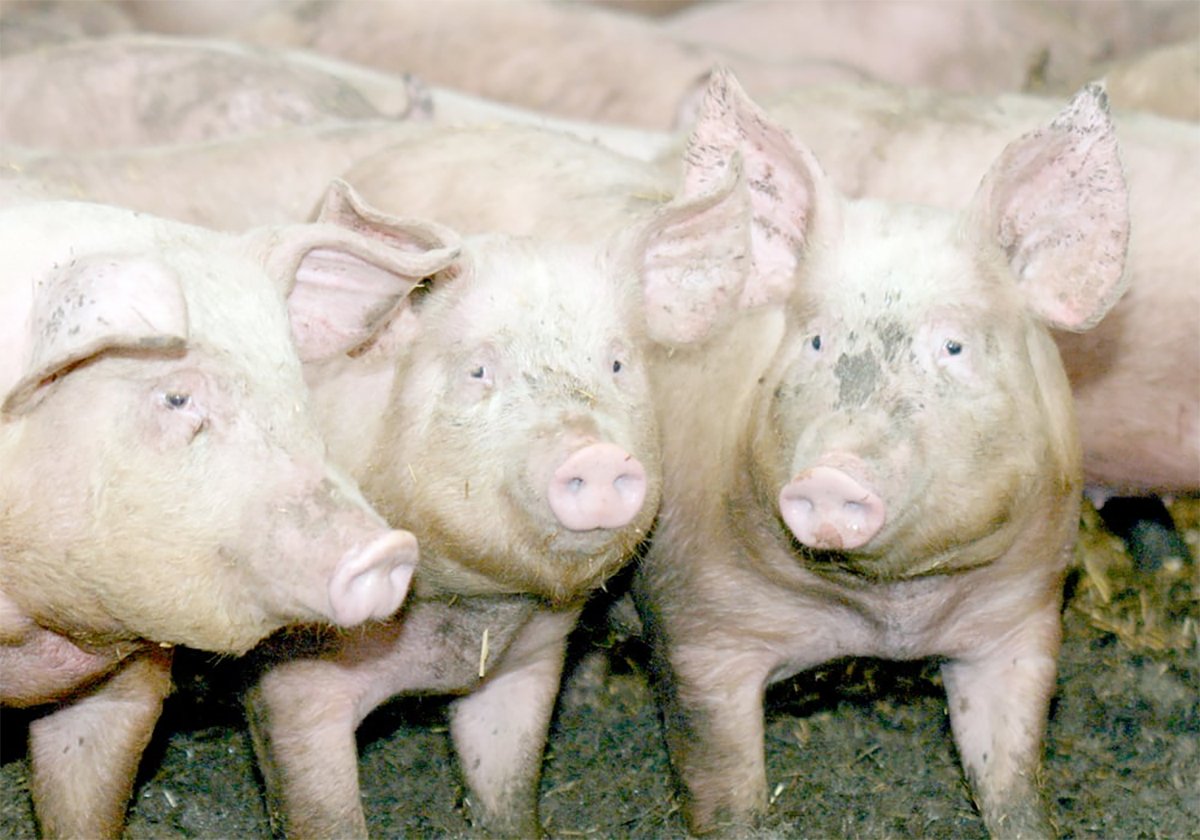RED DEER – Scientists don’t shout “eureka” every time a new discovery is made about the genetic code.
Instead, each small revelation takes researchers closer to understanding how genes reveal themselves in individuals.
Stephen Moore, who holds the beef genomics chair at the University of Alberta, is involved in genetic mapping of cattle. He tracks such qualities as meat tenderness, marbling ability and other performance attributes.
He knows if the desired gene is not there, no feeding program or other refined management is going to make those attributes appear.
Read Also

The Western Producer Livestock Report – November 13, 2025
Western Producer Livestock Report for November 13, 2025. See U.S. & Canadian hog prices, Canadian bison & lamb market data and sales insights.
“You either have the trait or you don’t,” said Moore at the recent Alberta Cattle Commission meeting in Red Deer. The commission helps fund Moore’s research.
Researchers have learned of the similarity in genetic structures among humans, mice and cattle.
The human genome, or collection of genes, is a blueprint for all mammals. Knowledge gained about human DNA can help animal scientists studying the genetics of cattle.
“We have looked at the structure of the cow genome. Now we need to learn about the function,” said Moore, who did similar research in Australia before moving to Alberta.
Geneticists and cattle breeders know as much variation can occur between individuals within a breed as there are differences between breeds. Not all members of a breed carry exactly the same genetic qualities.
But researchers want to know if qualities like growth and performance result from many genes working together or from a few that trigger the effect.
Unravelling the mystery has been made possible with the aid of DNA markers to assist in selection. Markers are strings of nucleic acids that make up a segment of DNA. The markers are near the DNA sequence of the desired gene but do not necessarily pinpoint it.
Cattle have 30 chromosomes containing tightly coiled strands of genes. So far, scientists have detected the markers that determine color, meat quality, marbling, hip height, birth weight, pelvic height and area.
What is needed now is a cost effective way to find the individuals carrying the right genes. A simple blood test, for example, could detect the beneficial attributes of an individual animal or its offspring. This could lead to better selection of breeding stock and eliminate inferior animals.
“If you could wipe out the bottom end you could make more money than trying to push up the top end,” said Moore.
Having the right genes is one thing. To make sure genetic potential is fully realized, an animal needs good management.
The Canadian government has invested $160 million into genomic research. Five research centres will be established across the country, one of them on the Prairies.















